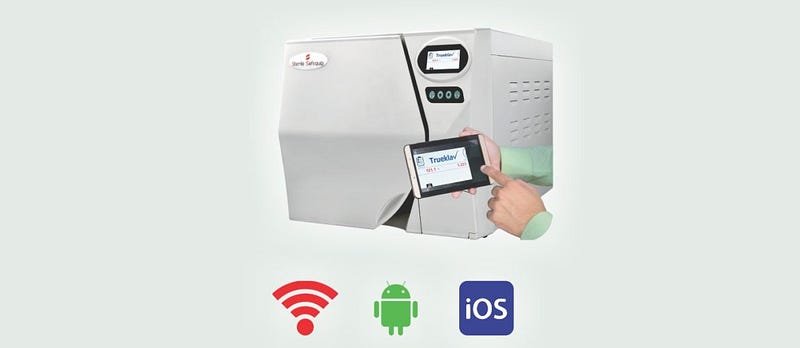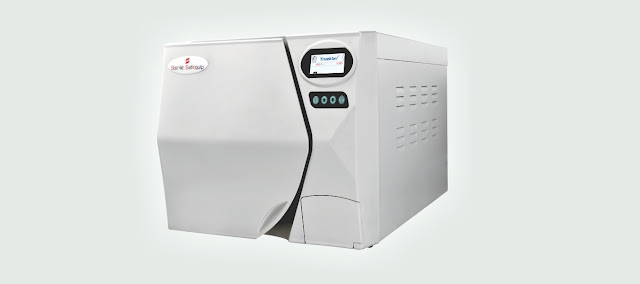How does a Laboratory Autoclave Work?
Before getting into the how does a laboratory autoclave work, we will be seeing a brief about what is autoclave and it’s basic.

What is Autoclave?
The autoclave is to most common equipment you can find in the laboratory in vitro cultures. In other words, Autoclave is equipment used to sterilize various solutions, objects, containers, etc. It increases the pressure and hence the temperature is raised above the normal point for sterilizing process.
How does autoclave work for Laboratory?
The working of an autoclave is common as a normal pressure cooker we use in the kitchen. There are variously sized autoclaves available. Working of all of them is common. it closes the lid or chamber of the equipment. Steam is replaced in place of air to start the sterilization process.
Basically, the cycle for the working of Autoclave consists of 3 different phase. The three-phase does the same process as we mentioned above. The three phases are
– Purge Phase
– Exposure (Sterilization) Phase
– Exhaust Phase
· Purge Phase
This is the first phase of the cycle where the water is heated from the bottom. It will produce steam and all the air will force up outside through Purse valve. When the desired temperature is reached, this phase ends.
· Exposure Phase
Exposure Phase is also known as Sterilization phase. In this phase, the exhaust valve is closed when the desired temperature and pressure are reached. The program maintains the desired temperature until the sterilization process is completed. This phase ends when the autoclave is sterilized.
· Exhaust Phase
Some also call it discharge phase. When the exhaust phase ends, the heating is stopped and hence no steam is produced. Eventually, the autoclave temperature begins to decrease.
Want to Read More? Click Here

Comments
Post a Comment